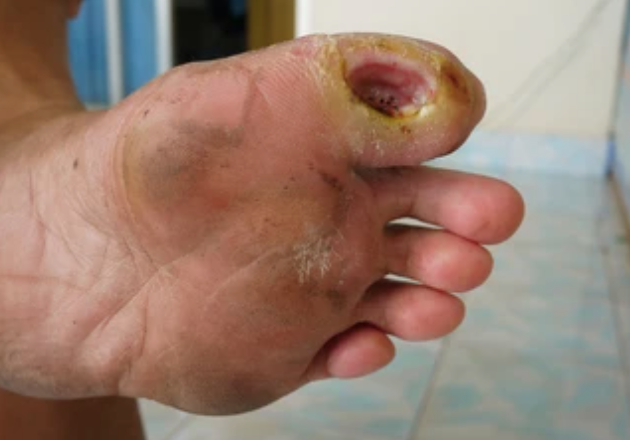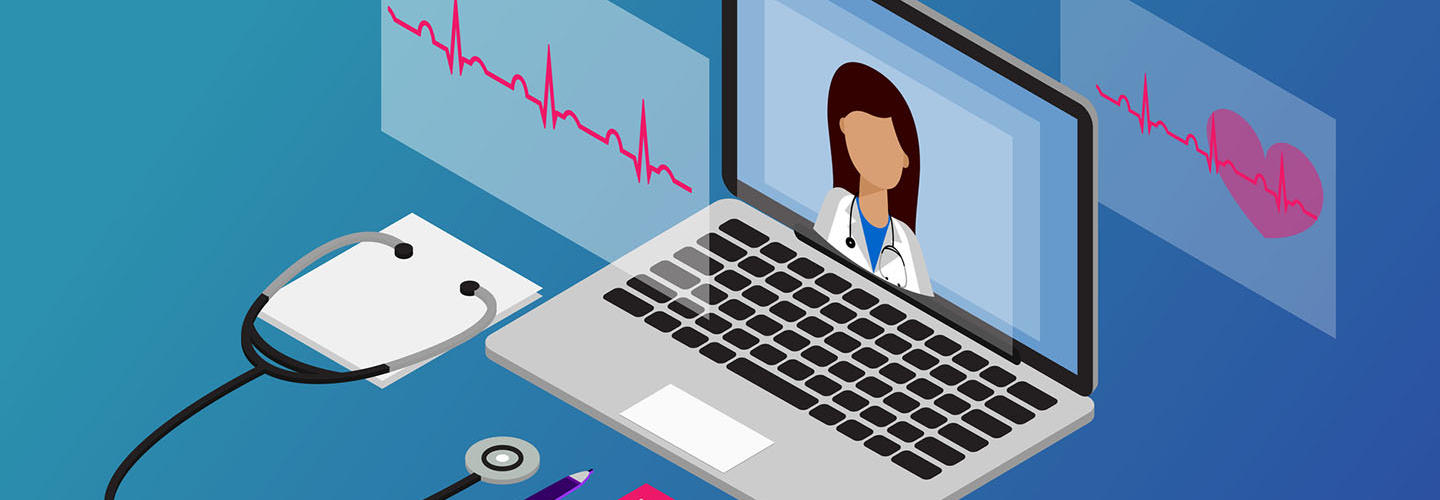Skip to content
Diabetic Ulcers / Wounds Infections Advanced Wound Care Plano TX – Dr. Hina Rizvi M.D, C.W.Sadmin2021-11-23T20:52:33+00:00
Diabetic Ulcers / Wounds Infections
 Diabetics have a higher chance of getting infections in the wounds and ulcers that may develop in Diabetic patients.
Diabetics have a higher chance of getting infections in the wounds and ulcers that may develop in Diabetic patients.- Blood sugar levels that are too high can keep a person’s infection-fighting system (called the “immune system”) from working as well as it should.
- Over time, diabetes can cause nerve damage. This can lead to problems. For example, nerve damage can make people unable to feel pain in their feet. So if a person gets a cut on the foot or steps on a nail or other sharp object that pierces the skin, he or she might not know it. If a wound isn’t treated right away, it can become an open sore and get infected.
- Over time, diabetes can damage the blood vessels. Then blood can’t flow as well to help heal the wound infection.
- It’s important that people with diabetes let their doctor or nurse know right away if they think they have an infection.
- Diabetic patients are more likely to develop multiple infections, eg Skin and wound infections, infections on the feet and tinea Pedis, yeast infections in the mouth, post surgical infections on the incision site from the surgery
- Certain symptoms might mean you have an infection. Call your doctor or nurse if you have diabetes and develop fever, aches, or chills, nausea, vomiting, or diarrhea, rash, redness, swelling, warmth, or increased pain around a cut or scrape, or pus draining from a cut or scrape or white patches in your mouth or on your tongue
- To prevent infection, one of the most important things you can do is keep your blood sugar level under control. Controlling your blood sugar can help reduce nerve and blood vessel damage from diabetes.
- Another important thing you can do is take good care of your feet. This can help prevent foot infections. Also wear shoes or slippers all the time. Trim your toe nails carefully. Cut straight across and file the nail. Do not cut cuticles or pop blisters. Wash your feet with warm water and soap every day and pat them dry. Put a moisturizing cream or lotion on your feet. Check both feet every day. Look for cuts, blisters, swelling, or redness. Make sure to check all over your feet, including the bottoms of your feet and in between your toes. If you can’t see well or if you have trouble seeing the bottoms of your feet, ask a family member or friend to check your feet. Also wear socks that are not too tight, and change them every day. Wear shoes that fit well, but are not too tight.
- Have your doctor check your feet at each visit.
- To help prevent infections in other parts of your body, you should take care of your skin by keeping it clean and dry. Wear gloves when you use harsh cleaning chemicals or other products that could harm your skin. If you get a cut or scrape, wash it right away with soap and water. If it doesn’t heal or gets worse, see your doctor.
- Eat a healthy diet that includes protein, vegetables, and fruits. Drink plenty of fluids. Keep your blood sugars in good control.
- Wash your hands often, especially if you are around people who are sick.
- Stop smoking. Smoking makes blood vessel problems worse.
- If you do get an infection and your doctor prescribes antibiotic medicines, be sure to take them exactly as prescribed. If you don’t take all of your antibiotics, your infection could come back.
Page load link
 Diabetics have a higher chance of getting infections in the wounds and ulcers that may develop in Diabetic patients.
Diabetics have a higher chance of getting infections in the wounds and ulcers that may develop in Diabetic patients.

